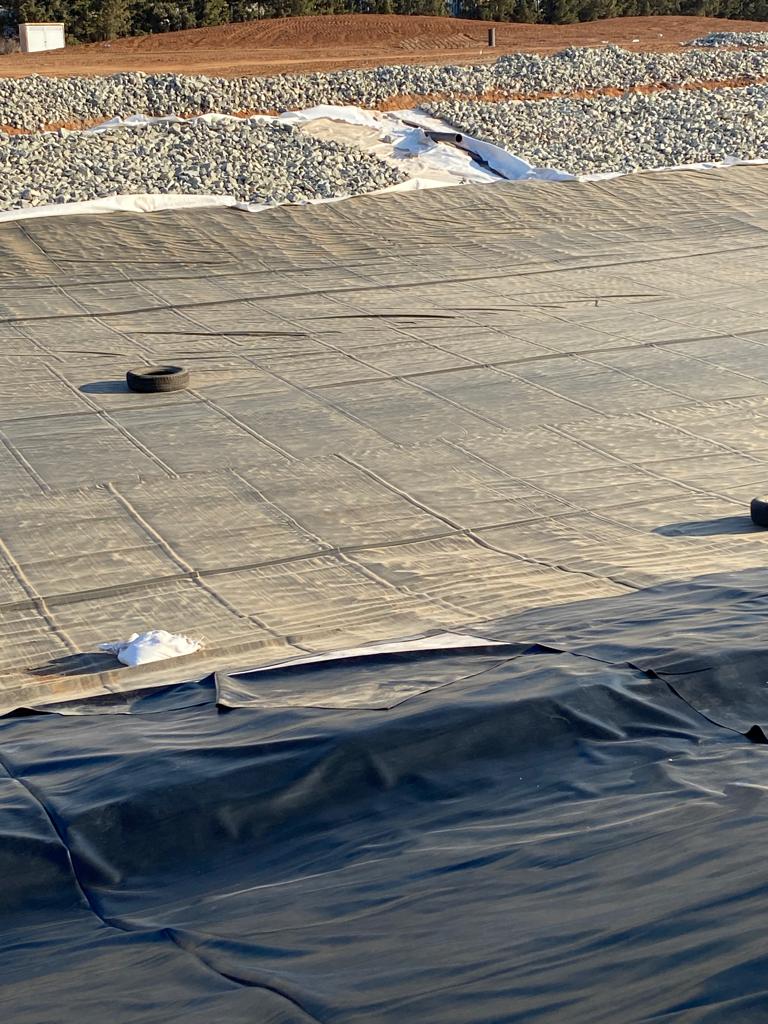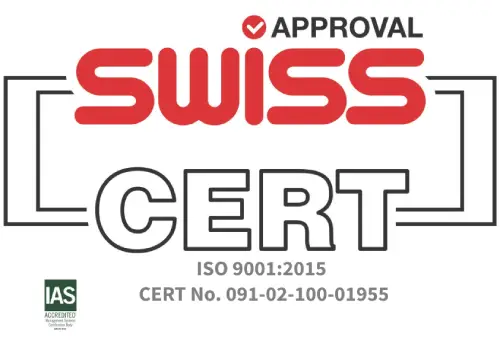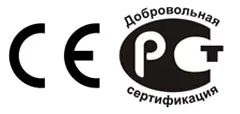2025

EPDM Waterproofing Membrane Sheets: The Future of Leak-Free Infrastructure
Keeping buildings dry and structurally sound has always been a key challenge in construction. Unchecked water intrusion can quietly lead to serious problems—from compromised foundations and mould growth to costly repairs. As modern infrastructure demands greater durability and environmental responsibility, one solution is rapidly gaining ground: EPDM waterproofing membrane sheets.
From rooftops to tunnels, basements to bridges, EPDM is becoming the trusted choice for architects, builders, and engineers seeking lasting, leak-proof solutions. Here’s a closer look at why EPDM is not just popular—but quickly becoming the industry standard.
What Is EPDM, and Why It Matters
EPDM (Ethylene Propylene Diene Monomer) is a synthetic rubber membrane designed for one purpose: to keep water out. It’s factory-manufactured to ensure consistent quality and thickness, avoiding the issues that often come with traditional bitumen coatings or fluid-applied systems. No mixing, no curing time—just a ready-to-use membrane designed for reliability.
1. Long-Lasting Performance
One of the standout features of EPDM is its exceptional lifespan. Resistant to UV rays, extreme temperatures (from -40°F to 250°F), ozone, and many chemicals, EPDM membranes can last anywhere from 30 to 50 years or more when properly installed. In contrast, many older waterproofing systems tend to degrade after 10–20 years, often cracking or breaking down over time.
2. Easy Installation
EPDM sheets are lightweight, flexible, and available in large rolls or custom sizes. Depending on the project needs, installers can choose from three primary methods:
- Ballasted: Loose-laid with gravel or pavers
- Fully adhered: Glued to the surface
- Mechanically fastened: Secured with fasteners and plates
This range of options makes installation quicker, easier, and less prone to error compared to more complex systems.
3. Leak Resistance – A Core Benefit
At its heart, EPDM is a powerful Waterproofing Membrane precisely because of its monolithic structure. Fewer seams mean fewer opportunities for water seepage. Where seams are necessary, installers utilize factory-made tapes or liquid adhesives tested for weather resilience. The result is unmatched protection against leaks—crucial in regions with heavy rainfall, frequent freeze-thaw cycles, or hurricane threats.
4. Environmentally Friendly
Unlike many traditional membranes, EPDM contains no plasticizers or chlorine. It’s 100% synthetic rubber, which means it can be recycled at the end of its life. Though recycling infrastructure is still developing, EPDM already has a lower environmental footprint compared to PVC, bitumen, or TPO membranes.
5. Versatility in Applications
These sheets aren’t limited to flat roofs. EPDM Waterproofing Membrane technology thrives across multiple settings:
- Green roofs: Durable root-resistant layers support soil and vegetation.
- Planter boxes: Ensures plants thrive without leaking.
- Reflective roofs (“cool roofs”): Available in light colors to reduce heat absorption.
- Foundations and basements: Keeps subterranean structures dry and durable.
- Bridges or plazas: Flexible joints withstand structural movement.
Architects and contractors increasingly choose EPDM for projects that demand unwavering water protection.
6. Cost-Effectiveness Over the Long Run
While EPDM may have a higher initial material cost than some membranes, its low-maintenance profile yields savings over time. Its strength in UV resistance, tear resistance, and weatherproofing minimizes repair needs and prolongs serviceability. Over decades, this translates into reduced lifecycle cost, making EPDM one of the most budget-wise waterproofing membrane options.
7. Adaptable Thicknesses and Configurations
EPDM comes in several gauges typically 45-mil and 60-mil, or even heavier. Thicker options are available for high-traffic, walkable roofs or vulnerable spots. Additionally, custom-fabricated prefabricated sheets eliminate seams and reduce on-site waste. This adaptability means designers can pick a membrane perfectly suited to their structural and environmental conditions.
8. Compatible with Solar and Rooftop Installations
Thanks to its stability and resilience, EPDM is an ideal base for photovoltaic panels or rooftop decks. Its seamless surface and longevity support solar-frame anchoring without causing leaks or stress fractures over time.
9. Ideal for Solar and Rooftop Additions
Thanks to its strength and durability, EPDM is an excellent base for solar panel installations and rooftop amenities. It handles the stress of mounting systems without cracking or degrading offering reliable protection for the life of the rooftop system.
10. Low Maintenance
EPDM systems require only basic upkeep: semi-annual inspections, clearing debris, and checking seams. When repairs are needed, they’re typically fast and cost-effective. Many building managers appreciate the peace of mind that comes with a properly installed EPDM roof.
11. Preventing Mould and Water Damage
Continuous moisture is the prime conditions for mould growth. EPDM’s uniform, durable layer blocks moisture effectively, helping interior spaces stay dry and reducing the risk of health-harming mould. With airtight protection, it bolsters indoor air quality and extends structural integrity.
Comparisons: EPDM vs. Other Waterproofing Membranes
| Feature | EPDM | Bitumen / Torch-On | PVC/TPO |
| Lifespan | 30–50 years+ | 15–25 years | 20–30 years |
| UV / Ozone Resistance | Excellent | Fair | Good |
| Seam Integrity | Minimal seams | Many seams | Heat-welded seams |
| Installation Complexity | Easy, flexible | Specialized, hot works | Moderate |
| Environmental Impact | Recyclable, PVC-free | VOC-heavy, asphalt use | Contains plasticizers |
| Ideal for Rooftop Systems | Yes | Limited | Yes |
Planning Your EPDM Waterproofing Membrane Project
- Site Evaluation: Assess climate, structural loads, drainage, and insulation.
- Choose Thickness & Type: 45-mil for homes, 60-mil for commercial roofs or heavy-traffic zones.
- Application Method: Decide between ballasted, fully adhered, or mechanically fastened.
- Handle Penetrations and Details: Custom patching and terminations ensure around skylights, walls, and drains remain leak-free.
- Inspection Plan: Establish semi-annual reviews and cleaning.
- Hire EPDM Experienced Professionals: Proper prep and seam treatment are key to performance.
The Future Is Watertight
Advances in polymer science continue to improve EPDM’s UV resistance, bonding agents, hail resistance, and recyclability. Paired with best practices in rooftop design—proper slope, drainage, edge flashings, and green roof systems– EPDM Waterproofing Membrane sheets are set to become the standard for secure, sustainable, leak-free infrastructure.
FAQs: What People Search About EPDM Waterproofing Membrane
- What is the lifespan of an EPDM waterproofing membrane?
A well-installed EPDM membrane can last 30–50 years or more under normal conditions. - Is EPDM waterproofing membrane suitable for green roofs?
Absolutely! EPDM is root-resistant, flexible, and able to handle soil and moisture for green roof applications. - How many seams are there with EPDM membrane?
Large EPDM sheets minimize seams; where seams are necessary, they’re sealed with factory-grade tape or adhesives for long-term waterproofing. - How does EPDM compare with PVC or TPO membrane?
EPDM offers superior UV and ozone resistance, is PVC-free, and typically has fewer seams compared to PVC/TPO, though all are popular for flat and low-slope roofs. - Can I install solar panels on an EPDM membrane?
Yes. EPDM’s stability and flexibility make it an excellent foundation for solar mounting systems without risking roof leaks.

